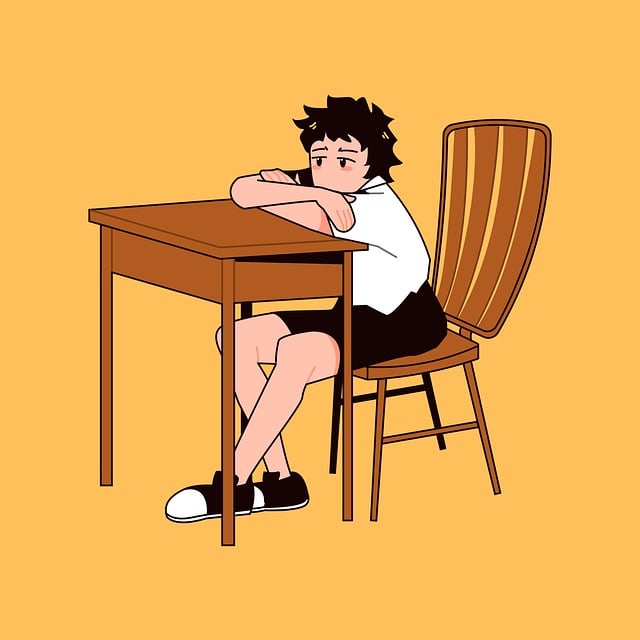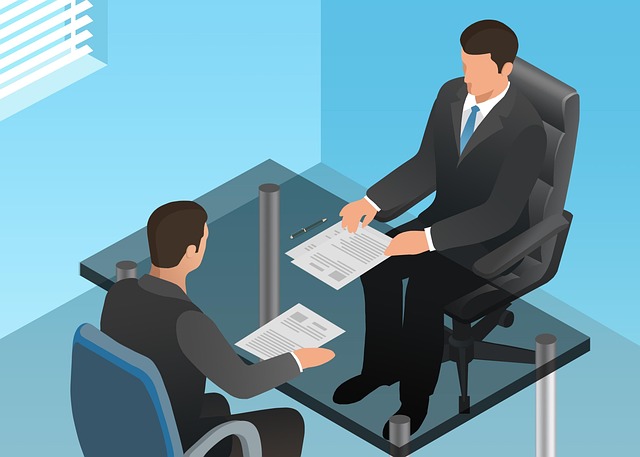Student renters should carefully review their student rental agreements to avoid long-term commitments or unexpected rent increases. Key aspects include understanding lease durations, renewal policies, subletting restrictions, and maintenance responsibilities. Students are entitled to safe conditions, privacy, and clear communication from landlords, who are obligated to maintain the property and ensure health standards. Understanding payment clauses, security deposits, dispute resolution processes, and assignment rules is crucial for a positive living experience and financial stability throughout their academic years.
For many students, navigating their first rental agreement can be a daunting task. This article demystifies key lease terms essential for student understanding of rental contracts. We break down crucial aspects like lease duration, renewal options, rights and responsibilities, payment terms, maintenance obligations, subletting rules, dispute resolution, and breaking leases. By understanding these key components, students can make informed decisions when entering into student rental agreements.
- Understanding Lease Duration and Renewal Options
- Rights and Responsibilities of Tenants and Landlords
- Payment Terms and Security Deposits Explained
- Maintenance and Repairs: Who's Responsible?
- Subletting and Assigning Leases: Rules and Regulations
- Handling Disputes and Breaking Leases
Understanding Lease Duration and Renewal Options

Student renters often find themselves caught up in the excitement of starting university or college, sometimes overlooking crucial aspects of their rental agreement, like lease duration and renewal options. Understanding these terms is essential for students to ensure they’re not trapped in a long-term commitment or facing unexpected rent increases. A student rental agreement typically specifies the initial lease term, which can range from several months to a year, depending on the property and location. It’s important to read the fine print regarding renewal policies, as some leases may automatically renew for successive terms, while others require explicit confirmation from both the landlord and tenant.
Knowing your rights and options is vital in navigating student rental agreements. Students should inquire about the renewal process, potential rent adjustments, and any restrictions on subletting or changing roommates. Being proactive and understanding these lease details can help students make informed decisions, avoid financial surprises, and maintain a comfortable living environment throughout their academic journey.
Rights and Responsibilities of Tenants and Landlords

In student rental agreements, understanding one’s rights and responsibilities is paramount for a positive living experience. Tenants have the right to live in safe, habitable conditions with all promised amenities. This includes access to adequate heat, hot water, and functional utilities, as outlined in the agreement. Students also possess the right to privacy, quiet enjoyment of the premises, and protection from unreasonable entry by the landlord or their representatives.
Meanwhile, landlords have obligations to maintain the property and ensure it complies with health and safety standards. They are responsible for structural repairs and regular upkeep, including exterior maintenance and essential services. Landlords must also provide clear communication and timely responses regarding any issues or concerns raised by tenants. Both parties benefit from a transparent relationship, fostering an environment conducive to learning and living, as outlined in the student rental agreements.
Payment Terms and Security Deposits Explained

Student renters often find themselves navigating complex lease terms for the first time, so understanding payment and security deposit clauses is crucial for a seamless experience. In most student rental agreements, landlords specify monthly rent amounts due on specific dates, providing students with financial clarity and structure. Payment methods vary, but online platforms or direct debits from bank accounts are common, making rent payments quick and hassle-free.
Security deposits, another essential term, act as a safeguard for landlords. These deposits cover any potential damage beyond normal wear and tear or unpaid rent. The amount is usually returned to the tenant after lease end, minus deductions for repairs or outstanding fees. Knowing how and when these deposits are handled can significantly impact students’ financial planning.
Maintenance and Repairs: Who's Responsible?

In student rental agreements, maintenance and repairs are key lease terms that students should thoroughly understand before signing. The responsibility for maintaining the property often rests with the landlord, who is required to keep the premises in a safe and habitable condition. This includes regular upkeep such as cleaning common areas, fixing leaky faucets, replacing burned-out light bulbs, and ensuring the functionality of essential appliances like heaters or air conditioners.
Students should be aware that while landlords are responsible for structural repairs and major issues, they typically expect tenants to take care of routine maintenance tasks like minor plumbing problems, electrical fixes not related to wiring, and general wear and tear. It’s crucial for students to promptly report any needed repairs to their landlord and maintain the property in a clean and safe condition as per the terms outlined in the student rental agreement.
Subletting and Assigning Leases: Rules and Regulations

Student rental agreements often come with specific rules regarding subletting and assigning leases. Subletting refers to temporarily transferring your lease to another tenant while you’re away, usually for a shorter period. This is common during summer breaks or when students move between semesters. Assignment, on the other hand, involves permanently transferring the lease to someone else.
Rules and regulations around subletting and assigning leases vary greatly depending on the property owner and the terms of your student rental agreement. Some agreements strictly prohibit subletting without the landlord’s written consent, while others allow it under certain conditions. Assignment may be allowed only with the landlord’s approval and could incur additional fees. It’s crucial to read your student rental agreement carefully, understand these provisions, and communicate openly with your landlord or property manager to ensure compliance with all rules and regulations.
Handling Disputes and Breaking Leases

When it comes to handling disputes and breaking leases in student rental agreements, understanding the process is crucial. Many student rental agreements include specific clauses outlining how parties should address conflicts or early termination needs. Students must carefully review these terms to know their rights and responsibilities. For instance, some contracts may require mediation or arbitration for dispute resolution, while others might allow for a grace period before enforcing penalties for breaking the lease.
Breaking a lease can have significant consequences, including financial penalties and damage to one’s rental history. Students should consider all options carefully before taking such steps. Communicating openly with landlords and understanding the terms of the student rental agreement are essential first steps in managing disputes or planning for early move-outs.
